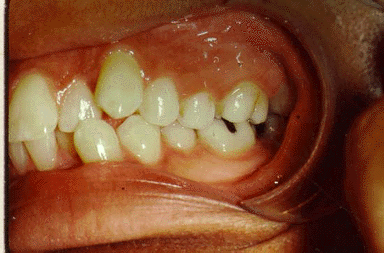

|
|
|
The third phase in orthodontic treatment is correction of molar position. The title of this step is a good description of the process Ð aligning the molars in an appropriate configuration. The ideal molar relationship was established by Dr. Edward Angle. He defined the ideal molar relationship to be Class I. Class I molar relationship is shown in the following picture. 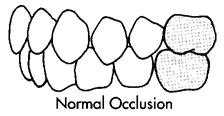
The goal of correction of molar position is to place the first molars in a Class I relationship as depicted above. 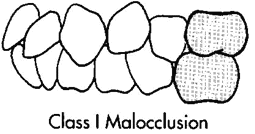
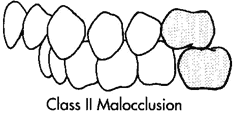
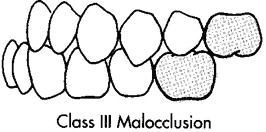
What molar relationship does the patient have? If the patient already has a Class I molar relationship, does the patient need correction of molar position? NO!
The process of correction of molar position is accomplished by bodily movement of the first molars into a Class I molar relationship. Correction of molar position requires a wire with the following specification relative to the wire used during the leveling phase of treatment:
higher strength Shape:
Note:
Would you prefer a round or a rectangular wire? Size:
Note: 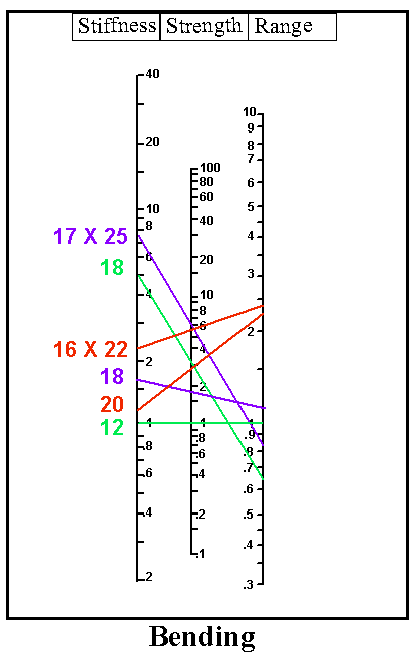

Which wire would work best for this phase?
Last Update: August 18,1998 Please direct questions and comments about this page to appl@net.chem.unc.edu Designed in cooperation with The Shodor Education Foundation, Inc. © Copyright 1998 The University of North Carolina at Chapel Hill |

